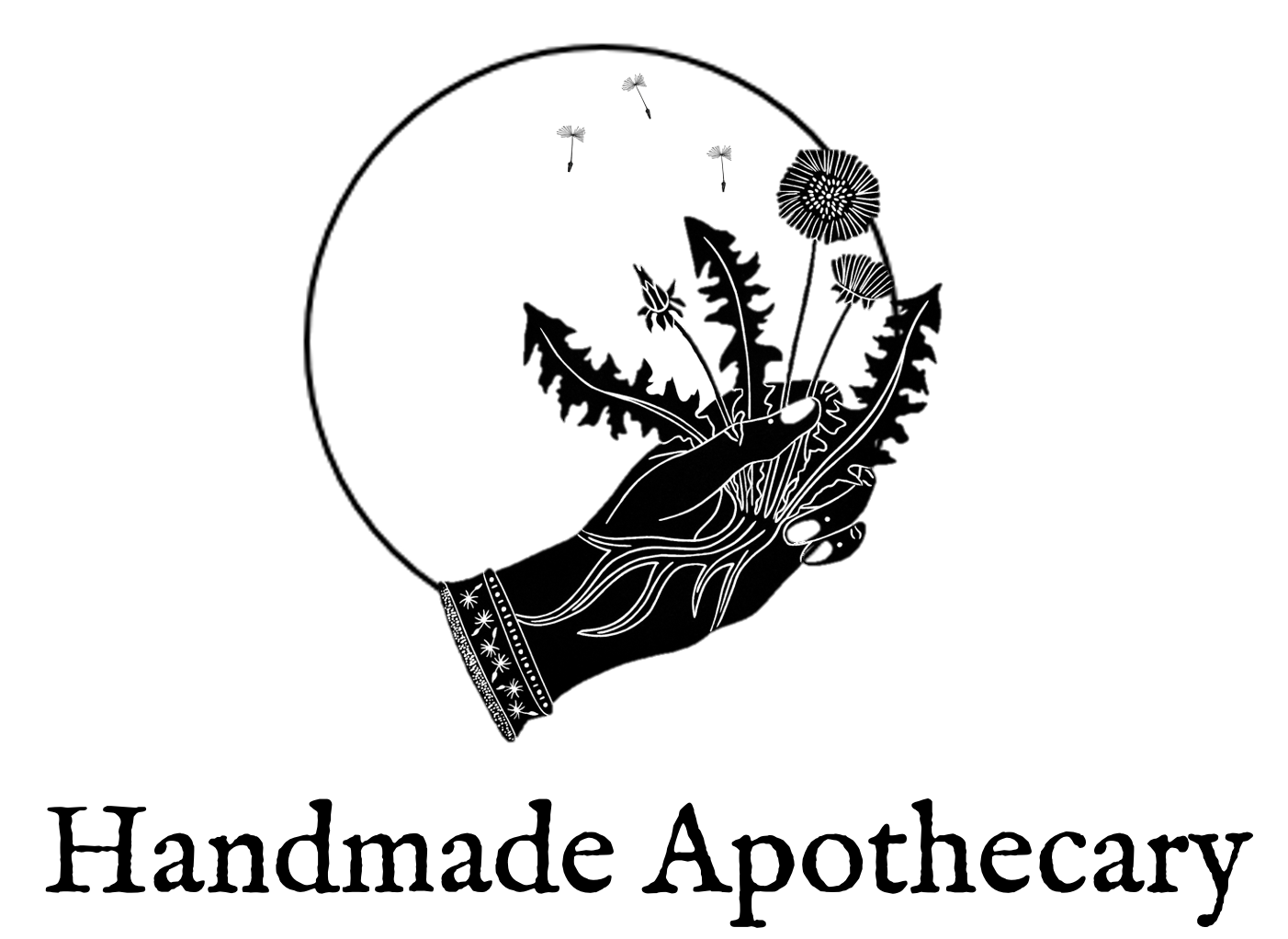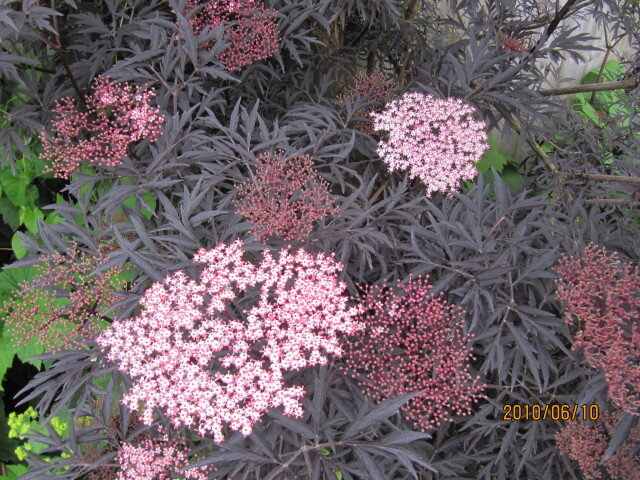There are two main types of native elder you might come across in the woodlands of the UK. The most common, Sambucus nigra, a.k.a. the black elder, elderflower, elderberry is widespread everywhere (Except in the highlands of Scotland). Much more thinly spread, and placed more southernly is the Sambucus ebulus a.k.a. dwarf elder or danewort. There are also a couple more you might spot in garden centres, cultivars (bred varieties) of S. nigra. The most common of these is the S. nigra ‘black lace’ which has dark purple, lacy leaves and pink flowers but these are unlikely to be found in the wild unless in an abandoned garden. As an aside, you can use the flowers of the black lace version to make cordials, it is slightly pinker and is great with grapefruit rather than lemon that you find in common recipes.
So, how do you tell the difference between the two wild elders? Does it matter?
Though there are records that dwarf elder has been used in similar ways as black elder (See refs at end), there are notes it is much more emetic (vomit inducing), and people only take a small amount if using medicinally, eg. elderberry syrup. As for making an elderflower cordial, I find the dwarf elder doesn’t smell as good so I wouldn’t use it for making drinks, especially with the problem of being more emetic.
There are very distinct differences between the two and so here is a video about how to tell the difference, though below the video you will find some other text/pics for comparison.
Growth:
S. nigra - shrub/small tree
S. ebulus - tall herb (up to 2m)
Leaf/branch stems:
S. nigra - woody trunk and stems/branches
S. ebulus - non woody, green and ribbed. (NB that all elder stems tend to have reddish fruit stems.)
Leaves:
S. nigra - 5 leaflets usual, more oval in shape
S. ebulus - More than 5 leaflets, 7-9 more common. Much longer, sharper leaflet than the black elder,
Flowers:
S. nigra - Creamy petals, yellow stamens, strong floral scent
S. ebulus - White petals, burgundy stamens
Fruits
S. nigra - clusters of fruit downturned due to weight
S. ebulus - clusters more upright
Creamy-yellow floer clusters of black elder, S. nigra. Wikimedia commons.
White flowered and red stamens of dwarf elder, S. ebulus. Wikimedia commons.
Pink blooms and purple leaves of S. nigra ‘black lace’. Flickr.
Elderberries of S. nigra, heavy and hanging over. Wikimedia commons.
Berries of dwarf elder, S. ebulus. Wikimedia commons.






